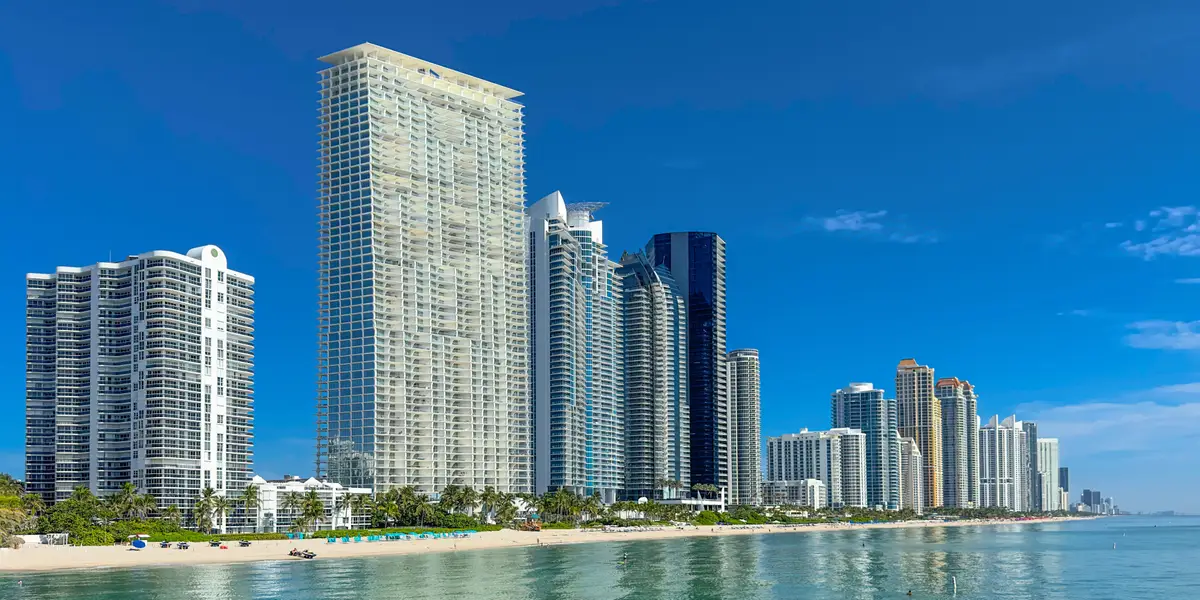
Miami’s score fell slightly to 1.73 from 1.79 in 2024, but it remained the most at-risk city in the world by UBS’ measure.
Its price-to-income, price-to-rent, and prices compared to the national average contributed most to putting Miami into bubble territory, UBS said.
“Over the past 15 years, Miami has posted the strongest inflation-adjusted housing appreciation among all cities in the study,” the report said.
“While price growth is expected to turn negative in the coming quarters, a sharp correction appears unlikely at this stage. Miami’s coastal appeal and favorable tax environment continue to attract newcomers from the US West and Northeast, with real estate prices still well below those in New York and Los Angeles.”
Los Angeles is the only other US city on the list that’s near bubble territory, falling under the “elevated risk” category. With a score of 1.11, it comes in at fourth on the list behind Tokyo and Zurich. It was fourth on UBS’ list last year as well.
Its price-to-rent ratio was the largest contributor to its bubble score, with high home values relative to what it costs to rent keeping homeownership unaffordable.
“Los Angeles is among the least affordable cities in the US, contributing to a shrinking population,” the report said. “Prices are likely to trend downward if mortgage rates do not drop.”
San Francisco came in at number 17 on the list with a score of 0.28, keeping it in low-risk territory.
Still, the city remains one of the most expensive to rent or buy in the US.
“Affordability remains a major hurdle, even though incomes have outpaced home prices over the past seven years,” the report said. “Meanwhile, rental growth is accelerating as return-to-office mandates and strong AI hiring draw higher-income tenants back to the city. These trends will likely increase demand for owner-occupied housing as well.”
New York was just behind San Francisco with a low-risk score of 0.26, putting it in the 18th spot.
The stock market’s recent strong performance boosted the luxury market in the city, UBS said. In-person work mandates, meanwhile, are pushing up rents.
“Return-to-office normalization and steady job growth, especially in higher-income segments, have been pulling more renters into the city, increasing competition for limited listings,” the report said.



